AN EXPLORERS GUIDE
Arizona

AN EXPLORERS GUIDE
Arizona
Christine Maxa
Photographs by David A. James
SECOND EDITION
 The Countryman Press
The Countryman Press  Woodstock, Vermont
Woodstock, Vermont
We welcome your comments and suggestions. Please contact Explorers Guide Editor, The Countryman Press, P.O. Box 748, Woodstock, VT 05091, or e-mail countrymanpress@wwnorton.com .
Copyright 2011 by Christine Maxa
All rights reserved. No part of this book may be reproduced in any way or by any electronic or mechanical means, including information storage and retrieval systems, without permission in writing from the publisher, except by a reviewer, who may quote brief passages.
Arizona: An Explorers Guide
ISBN: 978-0-88150-894-9
Cover and text design by Bodenweber Design
Interior photographs: David A. James unless otherwise noted
Maps by Paul Woodward, and Erin Greb Cartography The Countryman Press
Text composition by Eugenie S. Delaney
Published by The Countryman Press, P.O. Box 748, Woodstock, Vermont 05091
EXPLORE WITH US
Arizona: An Explorers Guide is broken down into sections representing different areas of the state, then into chapters focusing on an individual city or town. Each chapter opens with a general or historical introduction to the city or town, and then continues with information on destinations, accommodations, and restaurants that, largely, are quintessential Arizona.
Weve tried to list independent venues as much as possible, for two reasons. Most readers, first of all, will know what to expect with the franchises. More important, independent businesses are a perfect example of the spirit of Arizona. Weve also done our best to interweave history and fun facts into every aspect of the book, not just the introductions. This, we feel, is invaluable in getting to know a place.
WILDER PLACES
lists backcountry destinations of unique interest and/or scenic beauty.
LODGING
will give you ideas of where to find unique and/or consistently good places to stay. In almost every case, if we havent stayed there, weve paid a visit and checked it out. Often these lodgings come with some great history attached. Sometimes our listings are slim because a town offers mostly franchises.
WHERE TO EAT
lists venues that serve dependably good food. Weve divided them into two categories Dining Out (better restaurants) and Eating Out (casual ones). Sometimes restaurants have off nights or suddenly change hands and morph into something totally unacceptable. Please do not blame usbut do inform us.
THE ARTS
are featured not only because art and art walks are becoming popular and valuable sources of revenue for towns but also because these forms of self-expression often reveal the personality of the residents and a place. We tell you where to find galleries and art-centered shops, murals, or museums.
KEY TO SYMBOLS
 Special value. The blue-ribbon symbol appears at restaurants and lodging that have a consistently good product available at a moderate or low price.
Special value. The blue-ribbon symbol appears at restaurants and lodging that have a consistently good product available at a moderate or low price.
 Pets. The dog-paw symbol signals accommodations that allow pets and other venues that are unusually pet-friendly. Any stipulations appear in the review.
Pets. The dog-paw symbol signals accommodations that allow pets and other venues that are unusually pet-friendly. Any stipulations appear in the review.
 Child-friendly. The crayon symbol appears next to lodgings, restaurants, and activities that are welcoming to youngsters.
Child-friendly. The crayon symbol appears next to lodgings, restaurants, and activities that are welcoming to youngsters.
 Handicapped access. The wheelchair symbol appears beside lodgings and attractions that offer handicapped access.
Handicapped access. The wheelchair symbol appears beside lodgings and attractions that offer handicapped access.
 WiFi access.
WiFi access.
 Hosts weddings/civil unions.
Hosts weddings/civil unions.
 Eco-friendly establishment.
Eco-friendly establishment.
 Romantic.
Romantic.

INTRODUCTION
F or many native and long-term residents of Arizona, the state has come a long way in the last 50 years. For decades the state lumbered along as a cowboys workplace and a sunshine winter haven where snowbirds moved with the seasons from points north. Movie stars, politicos, and upper crusters who needed a breather from the masses nestled in the resorts clearly meant for a standard of living much higher than the locals.
In the 1980s development happened. Populations doubled, and the slower, cowtown ways of life wobbled in the wake of city living. By the 1990s sophistication was seeping into every corner of the state. Corporate-weary professionals brought their tastes, and money, to Arizona, the nations promised land, where jobs and opportunities prevailed.
By the turn of the millennium, the scale had tipped. Gone were the tracts of open space around the bigger cities. The small towns took their turn in the cultural shift. If you havent taken a ride around Arizona for a few years, or dismissed it because accommodations and services didnt have what you needed in the way of comfort, its time to take another look.
Small towns with crumbling historic architecture and services that hadnt progressed since Historic Route 66 gave way to I-40 have been practically born again. Buildings are getting repaired and remodeled. Businesses have quality products with touches of luxury. And chambers and visitor bureaus actually have information on not just the major draws that everyone knows about, but also the unique and interesting aspects of the community that people really want to discover.

YOU WONT SEE MANY COWBOYS ALONG ARIZONA HIGHWAYS; YOULL HAVE TO GO ON A BACKCOUNTRY ADVENTURE.
In the bigger cities things are changing so quickly, you dont want to stay away more than a few months if you have any hopes of keeping current. Phoenix has resuscitated its downtown section so valiantly, people (this includes business people) living in the trendy Valley outskirts have moved to the citys interior where all their friends are. Some say the heat (as in whats cool) has moved from Scottsdale to Phoenix. Lets just say you can be anyone you want and still feel comfortable in Phoenix. Tucson, second only to the West Coast in cool meccas for the hippie gypsy in the 1960s and 70s, has actually held on to its cultural mien while developing to the hilt. Flagstaffalways the quiet genius that shunned the limelight its neighbor Sedona adored, and content with the world coming through its doors on the way to the Grand Canyoncant stay out of the nations marketing limelight for too long.
It wont matter where you travel in the state: you will find exceptionally good food, and in the oddest places. Big cities here are approaching the same culinary level as New York City, Chicago, and Los Angeles. Yes, things have evolved that much. Every one of the larger cities should be on every locavores list. More surprising, you are apt to find some of the best food experiences in the tiny towns. Remember the world-weary professionals who moved to small towns? They merely continued their genius where they plopped down.

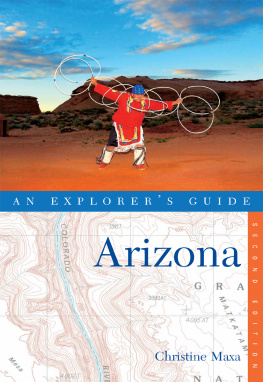
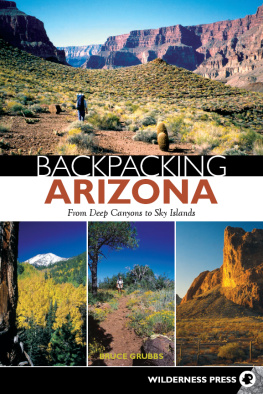
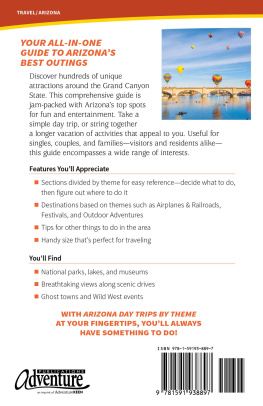


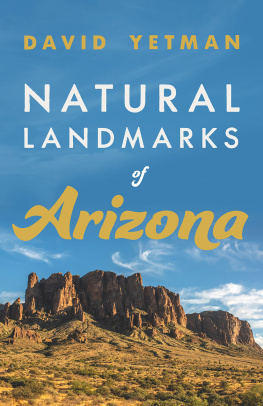
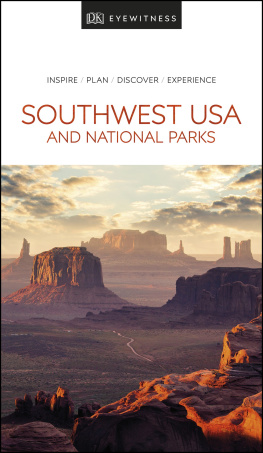
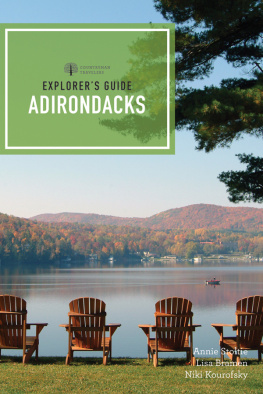
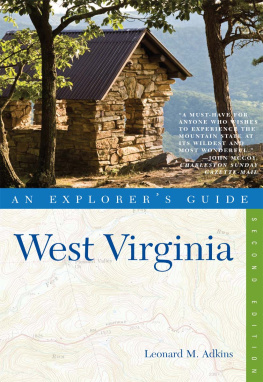
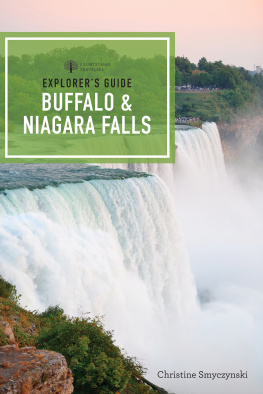

 The Countryman Press
The Countryman Press  Woodstock, Vermont
Woodstock, Vermont Special value. The blue-ribbon symbol appears at restaurants and lodging that have a consistently good product available at a moderate or low price.
Special value. The blue-ribbon symbol appears at restaurants and lodging that have a consistently good product available at a moderate or low price. Pets. The dog-paw symbol signals accommodations that allow pets and other venues that are unusually pet-friendly. Any stipulations appear in the review.
Pets. The dog-paw symbol signals accommodations that allow pets and other venues that are unusually pet-friendly. Any stipulations appear in the review. Child-friendly. The crayon symbol appears next to lodgings, restaurants, and activities that are welcoming to youngsters.
Child-friendly. The crayon symbol appears next to lodgings, restaurants, and activities that are welcoming to youngsters. Handicapped access. The wheelchair symbol appears beside lodgings and attractions that offer handicapped access.
Handicapped access. The wheelchair symbol appears beside lodgings and attractions that offer handicapped access. WiFi access.
WiFi access. Hosts weddings/civil unions.
Hosts weddings/civil unions. Eco-friendly establishment.
Eco-friendly establishment. Romantic.
Romantic.
